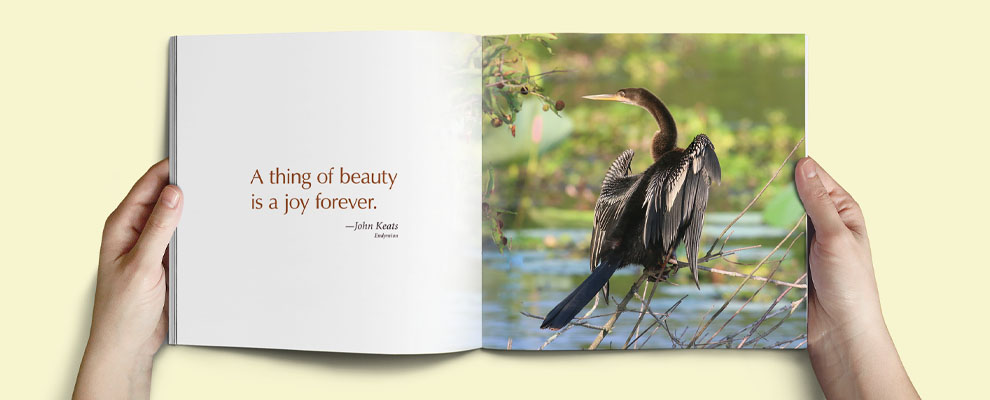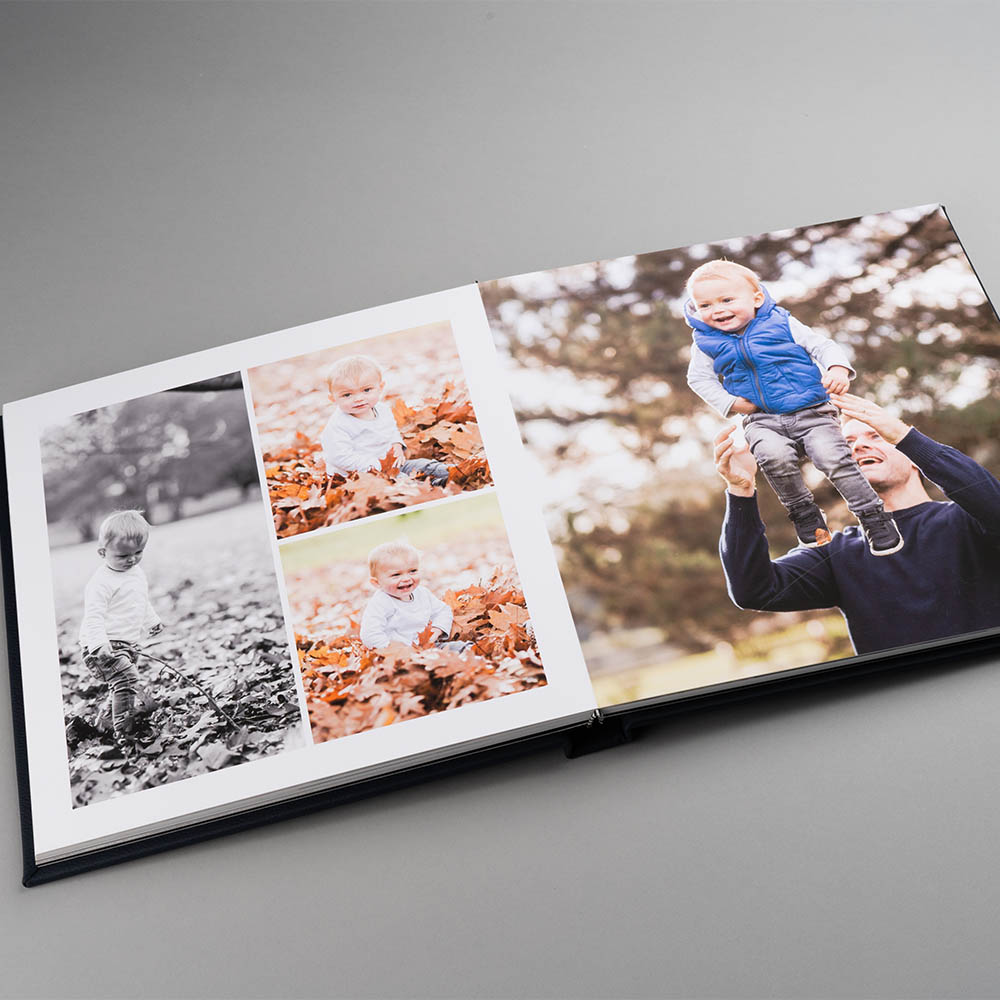The Designer’s Guide to Making a High-Quality art book
The Designer’s Guide to Making a High-Quality art book
Blog Article
Discover the Vital Overview to Art Book Printing for Aspiring Artists and Publishers
As a hopeful musician or publisher, comprehending the nuances of art book printing is necessary to bringing your vision to life. You'll need to consider numerous elements, from picking the best kind of book to guaranteeing shade precision and choosing ideal materials. Each choice impacts the end product considerably. What are the crucial elements you should focus on to develop a sensational art book that really represents your job?
Understanding Different Types of Art Books
When you plunge into the world of art publications, you'll swiftly uncover that they come in various forms, each tailored to different artistic expressions and audiences. Coffee table books typically showcase sensational visuals, excellent for informal surfing, while essays dive deep right into a specific musician's job, providing context and understandings. If you're interested in specific art movements, event catalogs offer detailed documentation of shows, including essays and reviews.
For instructional purposes, art manuals and technique publications lead you via numerous tools and styles, making them important for aspiring musicians. Ultimately, minimal edition or artist books obscure the lines in between art and literary works, commonly integrating special style components or hand-made attributes. Recognizing these types helps you establish what resonates with you and what could finest suit your target market. Each format offers its purpose, and recognizing their distinctions can boost your art book trip.
Selecting the Right Paper and Materials
Picking the ideal paper and materials can substantially affect the total high quality and feeling of your art book. Begin by considering the type of artwork you have. For vivid shades and elaborate information, choose for a shiny finish or a heavyweight matte paper that improves aesthetic depth. If your job includes softer tones or appearances, a natural or uncoated paper can give a warm, inviting touch.
Believe concerning the weight of the paper, also. Thicker options commonly offer an even more professional appearance, while lighter documents can minimize printing expenses. Do not forget regarding the binding products; a tough cover can protect your pages and add to the book's aesthetic.
Lastly, think about sustainability. Green alternatives are getting popularity and can show your values as a musician. By meticulously picking your paper and products, you'll ensure that your art book not only looks terrific yet additionally feels special in the hands of your readers.

Selecting the very best Printing Methods
When it concerns publishing your art book, selecting in between balanced out and digital printing can substantially influence your last product. You'll additionally intend to take into consideration exactly how paper quality influences the overall feel and look of your art work. Let's check out these key printing methods to find the most effective fit for your job.
Countered vs. Digital Printing
While both countered and digital printing have their benefits, picking the appropriate strategy for your art book can substantially impact the last item. Countered printing uses high-quality images and vivid colors, making it ideal for larger print runs. Ultimately, your selection must align with your imaginative vision and circulation strategy, ensuring that your art book mirrors the high quality you desire.
Paper High Quality Factors To Consider
Selecting the right paper top quality can considerably boost the visual allure and responsive experience of your art book. For prints, a shiny coating can make images pop, while a matte surface supplies a softer, more refined look.
Next, think of the sustainability of your choice. Green alternatives are coming to be progressively preferred and can appeal to environmentally-conscious readers. Ultimately, request examples to see exactly how different documents deal with your artwork, ensuring the end product mirrors your vision perfectly.
Making Sure Shade Precision in Your Prints
To attain spectacular prints, you require to concentrate on shade precision from the beginning. You'll intend to use color calibration strategies to confirm your screen and printer are in sync. In addition, proofing your job before the last print run can assist catch any type of disparities, ensuring your art looks equally as you imagined.
Color Calibration Strategies
Assuring color accuracy in your prints starts with effective shade calibration techniques that aid preserve consistency between your digital images and last published products. First, adjust your display making use of equipment calibration tools to accomplish the best color depiction. This validates that what you see on-screen suits what gets printed. Next off, choose a shade profile matched for your printing process, like CMYK for print materials. Frequently check your printer's settings and maintain it to prevent color shifts. It's also necessary to use high-quality paper that matches your inks, as various surface areas can considerably influence shade output. By consistently applying these strategies, you'll enhance the overall high quality of your art prints and far better share your imaginative vision.
Proofing for Accuracy
While you could assume your electronic photos are prepared for print, proofing is vital for attaining shade precision. Prior to devoting to a complete print why not try here run, constantly ask for a proof from your printer.
If adjustments are needed, interact plainly with your printer concerning your wanted results. Do not Home Page hesitate to request several proofs if necessary; it's worth the investment to get it right. Eventually, comprehensive proofing assurances that your art work is represented as you visualized it, keeping your imaginative integrity throughout the printing process.

Designing Layouts That Enhance Your Artwork
When you create formats for your art book, it's essential to contemplate exactly how each aspect connects with your art work. Aim for a balance between visuals and text, guaranteeing neither outweighes the various other. Use white space purposefully; it offers your art work area to take a breath and accentuates its details.
Think about the flow of your book. Arrange images in a manner that guides the visitor's eye, producing a narrative or thematic development. art book. Vary the sizes and positionings of your artwork to keep the format vibrant and fascinating
Select font styles that complement your artwork without sidetracking from it. Maintain text concise and pertinent, giving context or understanding that improves the audience's experience.
Finally, examination various layouts. Print examples to see just how the styles translate on paper, and readjust as required. By thoughtfully making your designs, you'll create an aesthetically interesting art book that resonates with your target market.
Binding Choices for a Professional End Up
Selecting the right binding option can substantially affect the overall discussion of your art book. You'll wish to consider both appearances and sturdiness when making your read review option. Popular alternatives include ideal binding, which supplies a smooth appearance and is best for thicker publications; saddle stitching, suitable for smaller booklets; and spiral binding, which enables web pages to lay flat for very easy viewing.
If you're intending for a premium feel, instance binding is an exceptional selection, offering a tough cover and a professional appearance (art book). Do not forget the cover material; choices like cloth, leather, or a shiny finish can raise your book's allure
Whatever option you select, make certain it complements your art work and boosts the reader's experience. Take your time to evaluate the advantages and disadvantages of each method, so your last item reflects the high quality of your imaginative vision.
Preparing Your Apply For Publish Readiness
To guarantee your art book is print-ready, you'll need to pay close interest to submit prep work. Beginning by establishing your file dimension to match your preferred print measurements.
Also, embed your fonts or convert text to lays out to avoid any font problems. Conserve your job in a PDF style, as this is the most approved documents kind for printers. Ascertain your declare any kind of typos or format mistakes, as modifications can be expensive after the truth. Lastly, think about producing a proof to review prior to the last print run. Complying with these steps will help you attain a refined, professional art book.
Often Asked Questions
What Is the Ordinary Expense of Printing an Art Book?
The standard expense of printing an art book differs, but you can anticipate to pay anywhere from $5 to $20 per duplicate, depending upon elements like dimension, paper high quality, and printing volume.
Just How Can I Discover a Reliable Printing Company?
To find a reputable printing company, beginning by investigating online evaluations and asking fellow musicians for suggestions. Compare quotes, check profiles, and interact your needs plainly to assure they understand your vision and top quality assumptions.
What Is the Regular Turnaround Time for Printing?
The normal turnaround time for printing varies yet typically varies from one to four weeks. Variables like job intricacy and volume can affect this. Constantly confirm with your picked printer for particular timelines and assumptions.
Can I Print My Art Book in Limited Quantities?
Yes, you can definitely publish your art book in restricted quantities. Lots of printing firms use short-run options, enabling you to produce simply the number you need, making it much easier to handle expenses and inventory.
What Legal Factors To Consider Should I Know for My Art Book?
You should consider copyright, licensing agreements, and model releases when producing your art book. Make particular you have the right to utilize all pictures and message, shielding on your own from potential legal problems later on.
Report this page